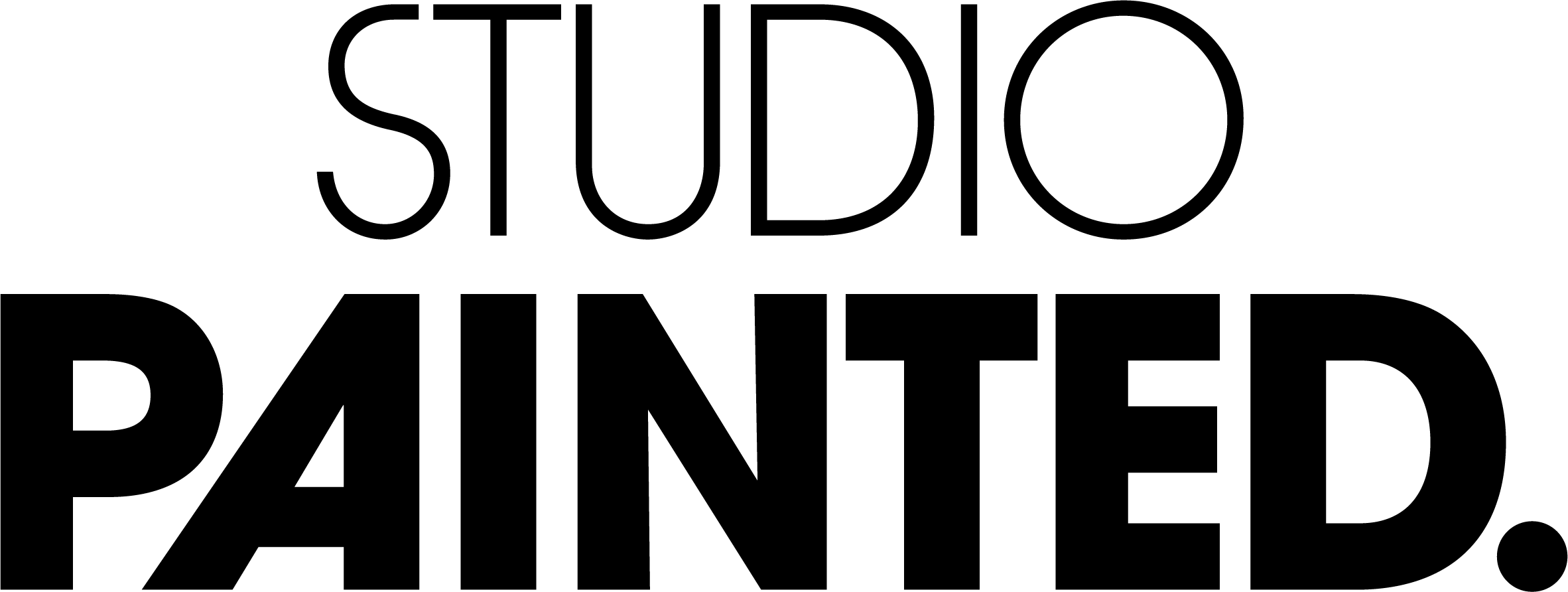
In a world where influencer marketing changes by the second, transparency is extremely important. It's always going to be easy to see which influencers really do their best and get results (want) and which influencers only join in for the money. Instagram has something new for this: companies can now promote influencers' posts. How exactly does this work and what do the experts (read: marketers and influencers) think?
This means the new development
Instagram's new feature has been launched since June this year. It's as follows: an influencer enters into a collaboration with a brand and posts a photo on his or her feed. So this is an 'organic' post, which is not an ad created by the company. But it is branded content, because the influencer is paid for the post. At that point, the company may choose to promote the post, making it ads. Companies can therefore see which influencers are really worth the money and which influencers are not.
Lora Stokkel of influencer marketing agency Onfluence thinks this is a positive development. "When an influencer posts something, it works much better than when the company just places it. It's warmer and more believable. It also clearly states that it is sponsored, which also contributes to transparency. The influencer's account is also growing, as the company promotes the influencer's content. So it's super convenient for everyone."
Emma van @ambitiemma had already spotted the feature immediately. "I received a notification if it was a paid collaboration and whether I wanted to tag my business partner. The company can promote my photo without having to pay for it myself."

What are the benefits?
According to influencer marketer Lora, this new feature makes influencer marketing easier and clearer. "You can now clearly show that it is sponsored. This transparency is positive, because that inspires confidence. It also makes it easier for companies to create ads. It is less cumbersome and saves the influencer work. Companies can now also immediately see who is satisfied; it's much warmer than Facebook ads. And for companies it has another advantage: they can reach new audiences with the followers of their influencers through the influencer."
Influencer Emma largely agrees. "It provides more transparency to the influencer's followers. It also allows companies to reach more people in the right target group. It protects the user and ensures that he or she is not misled by the large amount of commercials that are on Instagram – which is not easily noticed that it is advertising. I think it's good for the openness on Instagram, because followers can now see very quickly what I've been paid for as an influencer. After all, they don't want to follow someone who only has sponsored posts."

The disadvantages
But as with any development in the social media landscape, this feature also has drawbacks. As Emma pointed out, if you have a lot of sponsored posts, everyone knows that you really only have collaborations. People don't like this, because then you're less authentic. This results in unsands." Lora looks at it from the company's perspective: "People see the message as a post from the influencer himself, not the company.' As a result, they cannot follow the company directly, but they have to go there via the influencer's account."
In short: an interesting trend that has yet to prove its worth. What do you think of this new development? Have you spotted him yet?
Become an online Boss? Sign up for the newsletter!




























